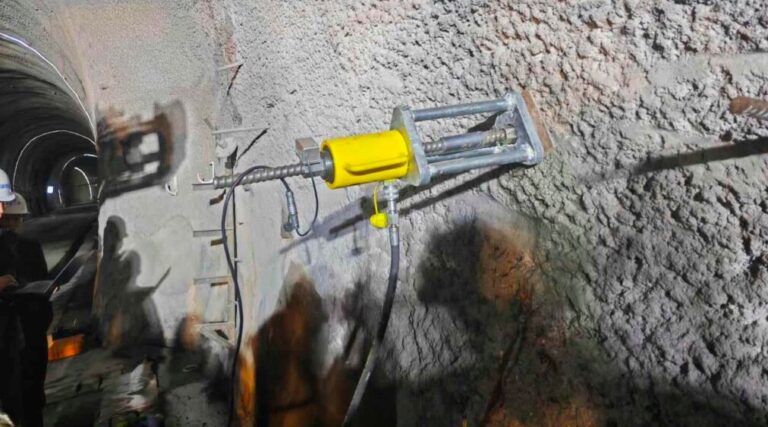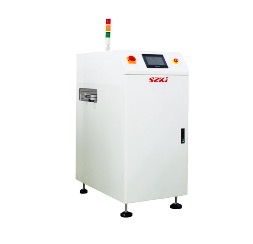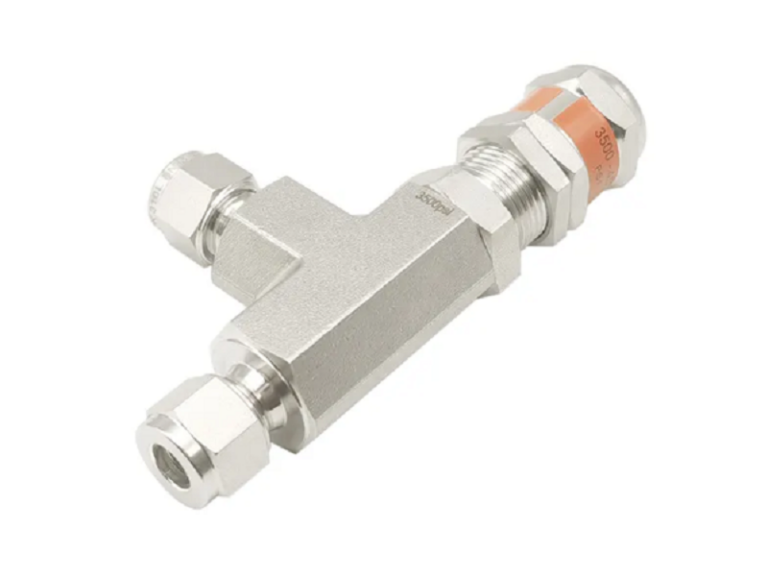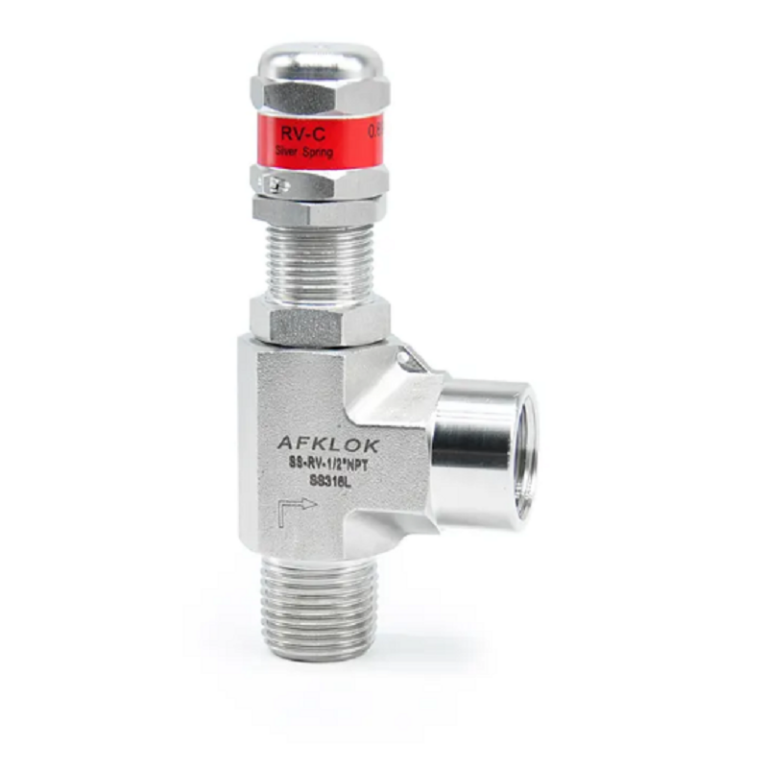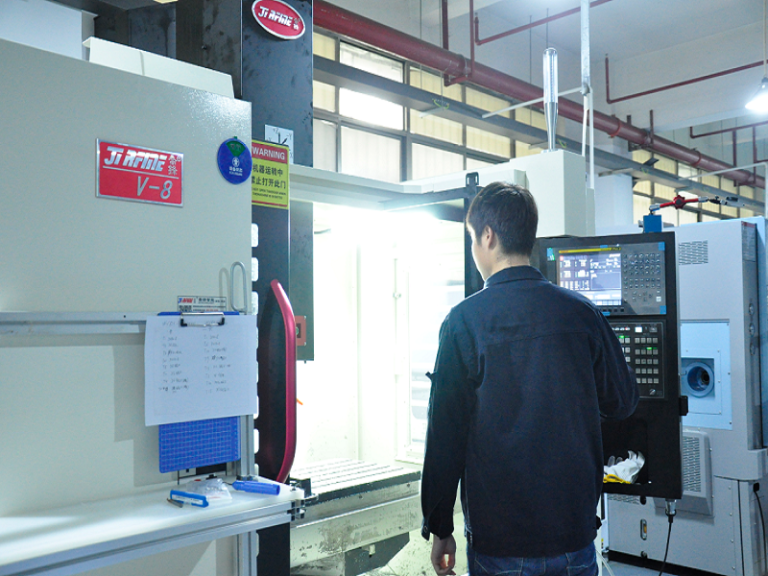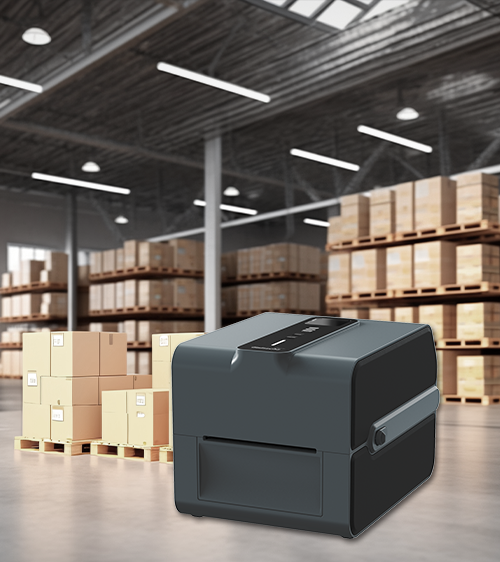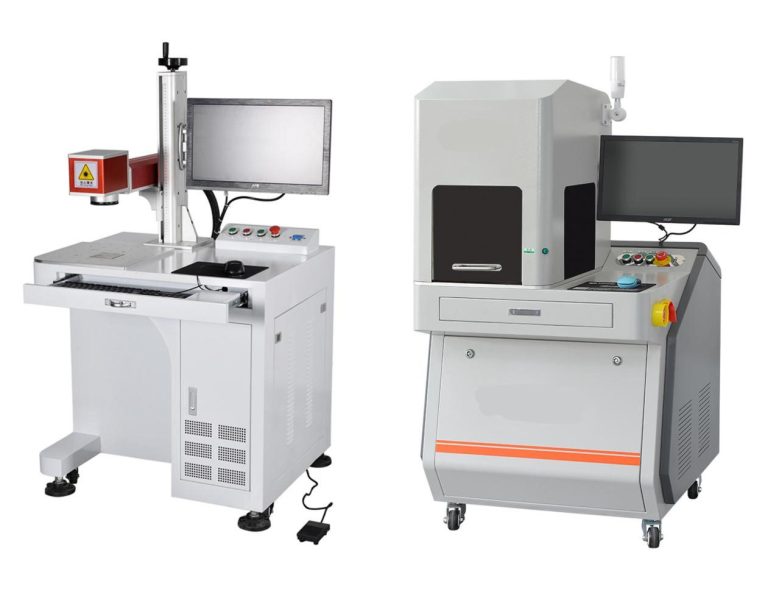目录
In recent years, the packaging industry has undergone significant transformation, largely due to the introduction of advanced automation technologies. Among these innovations, the packing robot stands out as a game-changer, offering unparalleled efficiency and precision in various packaging processes.
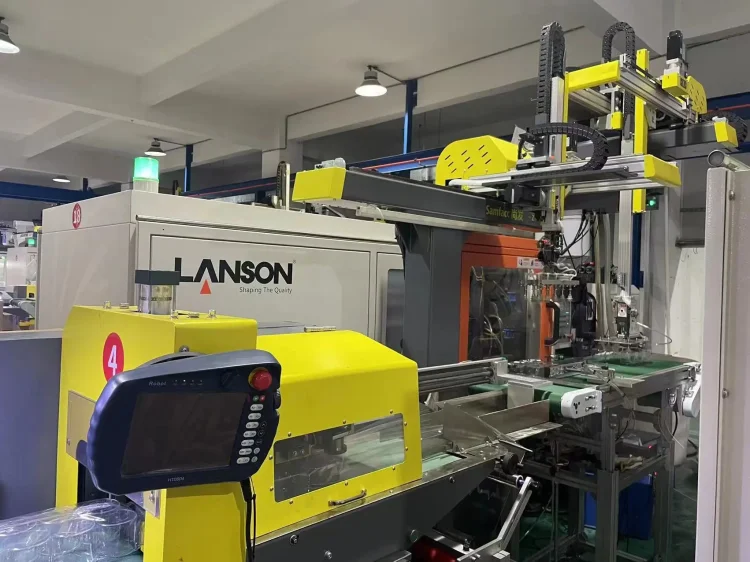
What is a Packing Robot?
It is an automated system designed to handle the packing process in manufacturing and distribution environments. These robots are equipped with advanced sensors, software, and mechanical components that enable them to perform tasks such as picking, placing, and organizing products into packaging containers. The versatility of packing robots allows them to be used in a wide range of industries, from food and beverages to pharmaceuticals and electronics.
Benefits of Packing Robots
- Increased Efficiency: One of the most significant advantages of using a packing robot is the increase in operational efficiency. Unlike manual labor, it can work continuously without breaks, reducing downtime and accelerating the packaging process. This efficiency boost translates to higher productivity and faster time-to-market for products.
- Precision and Accuracy: Packing robots are known for their high level of precision. The use of advanced sensors and algorithms ensures that products are packed with accuracy, minimizing the risk of damage during the packaging process. This level of precision is especially critical in industries where product integrity is paramount, such as pharmaceuticals and electronics.
- Flexibility: The adaptability of a packing robot is another key benefit. Modern packing robots can be programmed to handle different types of products and packaging materials, making them ideal for companies that deal with a diverse range of products. This flexibility allows businesses to quickly switch between different packaging tasks, enhancing overall productivity.
- Cost-Effectiveness: While the initial investment in a packing robot may be significant, the long-term cost savings are substantial. By reducing the reliance on manual labor, companies can lower operational costs, including wages, training, and potential human errors. Additionally, packing robots can lead to fewer product damages, resulting in less waste and higher profitability.
- Safety: In environments where hazardous materials or heavy lifting are involved, the use of a packing robot can significantly improve worker safety. These robots can perform dangerous tasks that would otherwise pose a risk to human workers, reducing the likelihood of workplace injuries.
The Future of Packing Robots
As technology continues to evolve, the capabilities of packing robots are expected to expand even further. Innovations such as artificial intelligence (AI) and machine learning are likely to enhance the decision-making abilities of these robots, making them even more efficient and versatile. The integration of AI could enable packing robots to adapt to new packaging tasks on the fly, further reducing the need for human intervention.
In conclusion, the packing robot is revolutionizing the packaging industry by providing enhanced efficiency, precision, flexibility, and safety. As companies continue to adopt these technologies, the role of packing robots will undoubtedly grow, driving further advancements in the industry.
0
